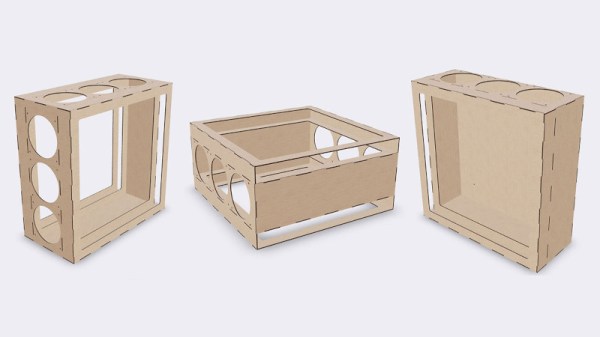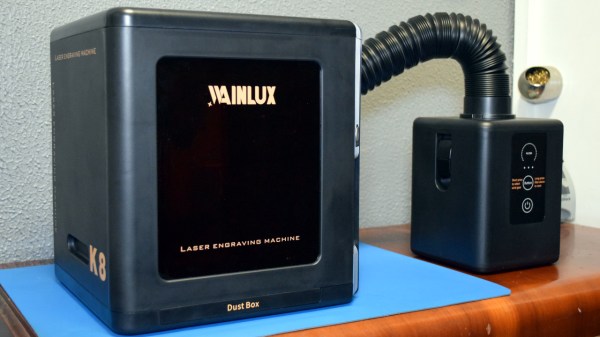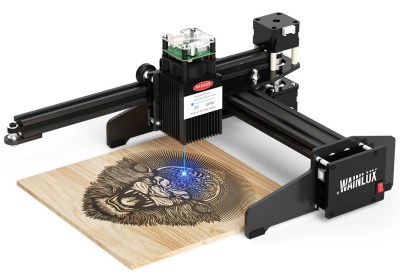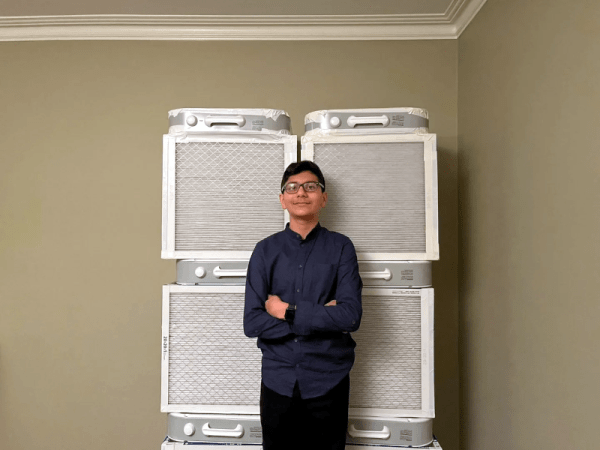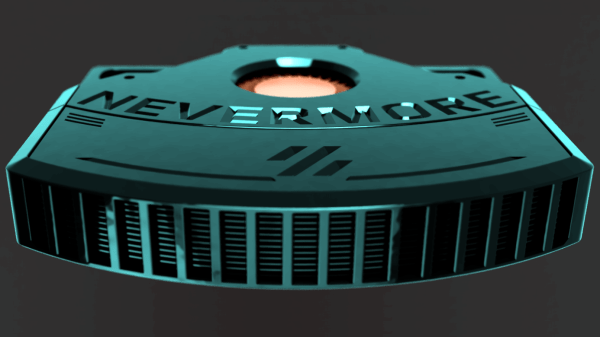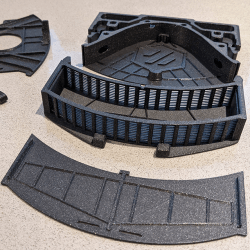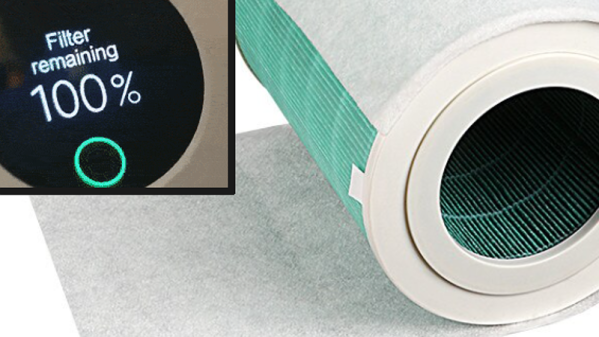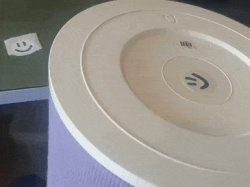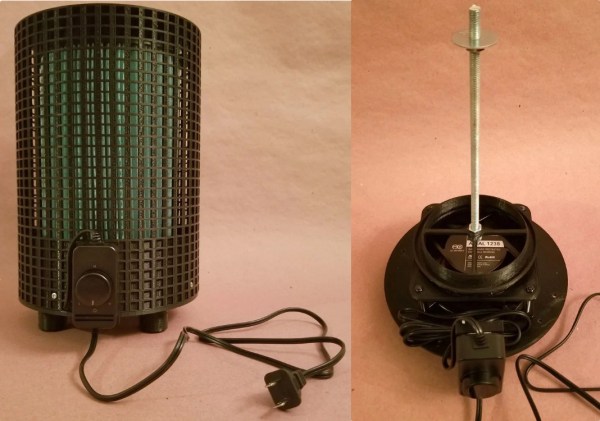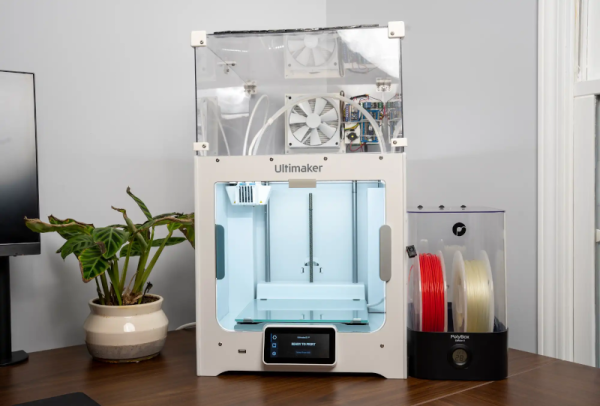In the years since the start of the coronavirus pandemic, it’s fair to say we’ve all become a lot more aware of the air quality surrounding us. Many of us have added a CO2 monitor to our collection of tools, and quite a few will have an air filtration system too. There are plenty of devices on the market that fulfill this niche at varying qualities and prices, but shouldn’t a decent filter be something to make for yourself? [Naomi Wu] thinks so, and she’s put up the design for her Nukit open air purifier online under the GPLv3.
The principle of the unit is simple enough: it’s a box with an HVAC filter on the front and a set of computer fans on its side to draw air through. But it’s more than just a box, as there are three separate versions for wall-mount, hanging mount or a freestanding tower, and each one comes as a DXF file with all parts ready for laser cutting. It’s about as straightforward a way to get your hands on a well-designed and high quality air purifier as could be imagined.
[Naomi] has been quiet for a while in her familiar role as YouTube maker and guide to the nooks and crannies of her native Shenzhen, so it’s very positive to see her still active and producing projects after being warned off social media by the authorities. If you’d like to see another recent project of hers, look no further than her update to [Bunnie Huang]’s Shenzhen guide.

